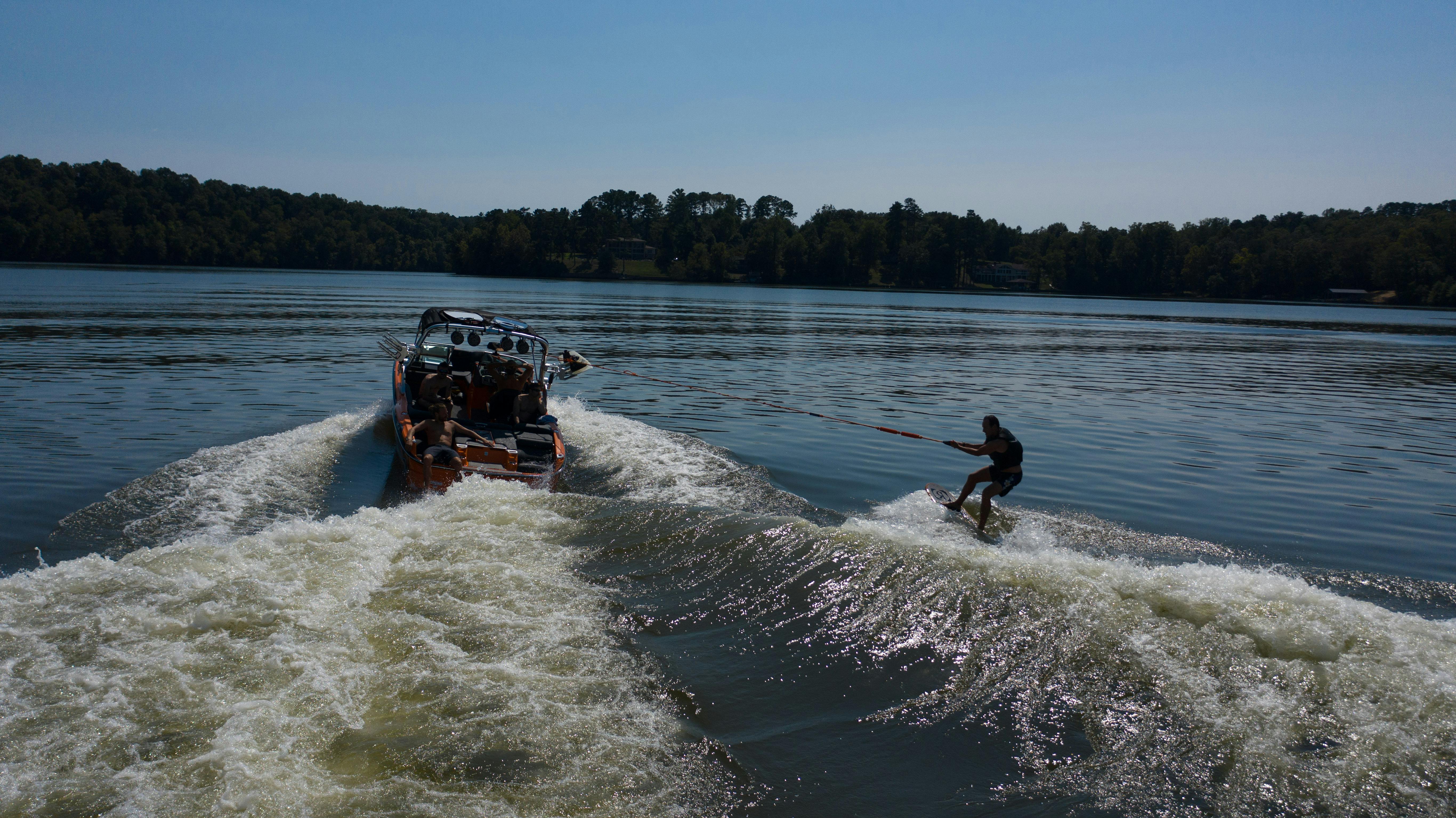
Catapults, Gears, and Pulleys for Your Home Science Curriculum
Simple machines always fascinate me and I’m sure you’ll be fascinated enough to tell your parents or homeschool teacher to add them to your homeschool curriculum. In the following experiments, I’ll show you how to build some simple machines out of household items.
The following simple homemade machine is a kind of lever that helps to lift a ping pong ball and various heavy objects. I’ll show you how to build it in no time and make your homeschool curriculum exciting.
Easy Popsicle Catapult: Place five large popsicle sticks on top of each other and tie them together tightly by wrapping rubber bands on both ends. Now tie two large popsicle sticks together the same way, but only wrap the rubber bands around one end. Separate the free ends of the sticks in a “V” shape.
Now insert the stack of five between the two sticks forming a V and push it towards the end of the rubber band, widening the angle of the V. Now secure the intersection with the rubber band. Then lay the V on its side so that one arm of the V rests on the table. On the other arm, glue a milk jug lid with the open end facing up. This cap contains the projectile, which could be a ping pong ball. Just a quick flick of the catapult arm will send the ping pong ball into the air. Have fun!
Gears are wheels that have teeth along their edges. These teeth fit together so that when force is used to turn one wheel, the same force is transmitted to the other wheel.
Bottle Cap Gears: Flatten two bottle caps so they are round in shape and their edges are still wavy. Now make holes in the center of both and nail them to a wooden board in such a way that their wavy edges are in contact with each other, forming the teeth of the gears. When you turn one cap, the other will also turn, but in the opposite direction. This is a good example of simple gears.
Some gears have wheels of unequal diameters. In such a case, when the larger wheel rotates once, the smaller wheel rotates many times and thus the force increases.
The pulley and belt combination is used on many machines. The belt helps transmit power from one pulley to the other. Many vehicles use this mechanism to transmit power to all wheels. When different size pulleys are used, torque (driving power) can be exchanged for speed and vice versa. The following homeschool curriculum experiment I have designed will help you see how.
Cool pulley and belt mechanism – find an old roller skate with the wheels sticking out of the sides. New models online will not work. Lay the skate on its side so that it rests on one set of wheels and the other two wheels are facing up. Wrap an elastic band over these two wheels. You are using the elastic band as a belt. What happens when you spin a wheel clockwise? In which direction does the other wheel turn?
Now remove the rubber band from one wheel, keeping it still wrapped around the other wheel. Twist the rubber band to look like a figure 8 and wrap it around the wheel. Now turn one wheel clockwise. Which way does the other wheel turn? I have now given you a clear idea of how belts are used to make pulleys or wheels turn in the desired direction.
Ball bearing experiment: Take a clean paint can with the lid off. You will see that after removing the cover there is an edge that is grooved. Now place a heavy old book or similar object in this slot. Try to turn the book. You will notice that the book does not light the can easily.
Put some marbles along the edge and place the same book on top of the marbles. Now try turning the book. It is easier? However, there is still friction between the marbles. How about putting a few drops of cooking oil on the edge of the rim (this can get messy, so you can use a sheet of wood or cutting board instead of a book).
Now place the object on the marbles and rotate it. Is it easier to turn the book around? The homeschool curriculum experiment above will give you an idea of how ball bearings are used in simple machines to reduce friction.
Click the link below to view the free “Science Teaching Homeschool Parents Guide” for more science experiments and activities.